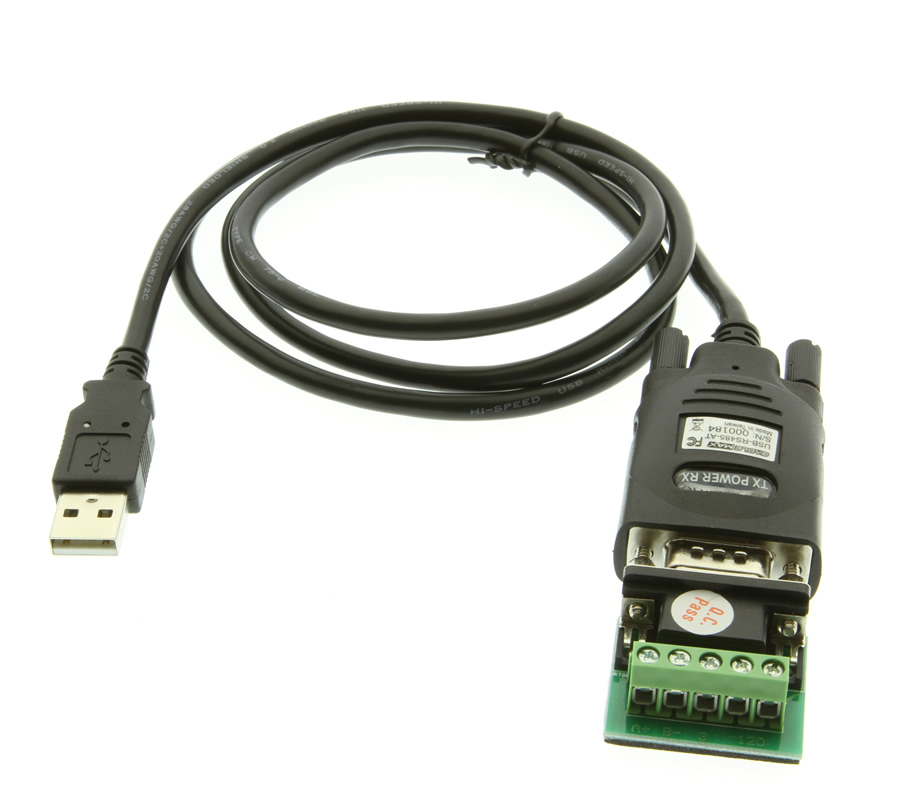How Fast can you Go?
페이지 정보

본문
With U9 enabled it transfers the data from the Port RD lines, the I/O bus, to the 8-output pins associated with Card 0 Port A that are connected to the railroad. This serial port was no longer a "RS-232 compatible" serial port since the connector and signal levels no longer matched the RS-232 standard. Before we discuss polarity lets take a look at logic levels and binary states. 5Vdc and 0V logic levels used by the PIC16F877's Transmit (TX) and Receive (RX) lines. Two wires deliver 5Vdc power and ground. 5Vdc logic power supply. The exact voltage level that a logic device considers ON or OFF varies by logic type, but when the voltage is high (usually but not always approaching the IC's supply voltage), the output is on and a binary 1 is on the wire, and when the voltage is approaching 0 the output is off and, a binary 0 is on the wire. RS-485 voltages are referenced differentially from one wire to the other, but are also referenced to circuit common. By selectively activating only one of these 9 lines at any one time, the 16F877 sets up direct communication to and from the desired port via the single function 8-wire bi-directional I/O data bus.
Whereas RS232 can support communication between only two devices, an RS422 port can be connected with up to 16 devices, or nodes. RS485 is made for serial communication with high speeds, support for long distances, and support for multiple devices (slaves). If you are starting out with a single node, with plans to expand at a later date to multiple nodes, then it’s a good idea to configure your first node for RS485. However, to support a distributed system with multiple SMINIs (and/or SUSICs), RS232 will not do the job. These include adding another layer of complexity and added system overhead. I will cover RS422 first and then look at the differences when taking advantage of added capability provided by RS485. Length of cable also affects RS232 transmission capability and limits the maximum transmission rate. Additionally, if your computer is limited to USB ports only, then you need to employ a USB to RS232 Converter Cable or as we will observe later in this chapter, a USB to RS422/485 Converter Cable.

Typically, RS232 ports use either a standard 9- or 25-pin, D-type male plug connector called a DB9P or DB25P respectively. For example, Pin 6, Data Set Ready on the DB25, is one that a printer might use to tell the computer it is ready to accept the next character. That is suitable for many applications such as connecting a printer, modem or a single SMINI or SUSIC to your computer. Alternatively, if your computer has USB only, then you will need to incorporate either a USB to RS232 Converter Cable between the computer and the RS485 card or a USB to RS422/485 Converter Cable connected between the computer and the RS485 header on the SMINI or SUSIC. The other pins, 22 in number for the DB25, are for handshaking between the computer and the peripheral device. The annexes are also different. However, in a full-duplex setup, they are limited to a master and slave communication where slaves cannot communicate with each other.
Then the software will work unchanged when connected to a full-duplex RS-485 network, a RS-232 network, and a variety of other communication media. In addition it addresses the usability issues of existing interfaces, simplifies software configuration of all devices connected to USB, and permits greater bandwidths for external devices. However for special cases that may arise, it is easy to vary the output configuration to handle the alternative current-sinking case. It may sound complicated for those who don’t know what is serial communication, so here’s an explanation. If you are trying to get two ancient pieces of equipment (both of which use true RS-232 drivers and receivers) to work with a long cable, the capacitance limit in RS-232 may apply, but RS-232 does not take bit rate into account. So it does not matter where the driver is connected on the cable, it "sees" a 60 Ω load. ControlNet uses RG6 Coax cable, around 250 meter length at 5Mbytes rates, over dual redundant BNC connections. Through use of a symmetrical transmission procedure in combination with low-capacitance and low-attenuation, twisted-pair cables, extremely reliable connections over long distances at high transmission rates can be achieved over a distance of up to 500 m.
If you have any questions concerning where and how you can make use of RS485 standard, you could contact us at the website.
- 이전글Best bases for SEO Xrumer 23 ai strong and GSA Search Engine Ranker 24.05.23
- 다음글카지노사이트 꽁머니 【mp8282,com】 슬롯게임 머니상 추천온라인사이트 엠바카라 24.05.23
댓글목록
등록된 댓글이 없습니다.

